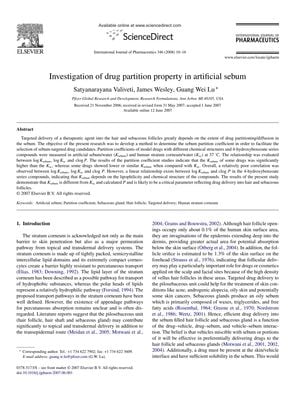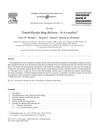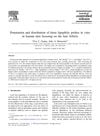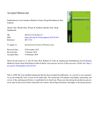Investigation of Drug Partition Property in Artificial Sebum
June 2007
in “
International Journal of Pharmaceutics
”

TLDR The conclusion is that measuring how drugs partition into artificial sebum is important for predicting their delivery into hair and sebaceous follicles, and it provides better information than traditional methods.
The study aimed to develop a method for determining the sebum partition coefficient (Ksebum) to predict drug delivery into hair and sebaceous follicles. Researchers measured the partition coefficients of 11 model drugs in artificial sebum/water and human stratum corneum/water at 37°C. They found that Ksebum varied significantly from the stratum corneum/water partition coefficient (Ksc) and the calculated octanol-water partition coefficient (clog P), with some drugs showing higher affinity for sebum. A poor correlation was observed between log Ksebum, log Ksc, and clog P for most compounds, except for a strong linear relationship in the 4-hydroxybenzoate series. Ketoconazole had the highest Ksebum value, suggesting it is more likely to be transported through sebaceous and hair follicles, while minoxidil had a lower value, indicating transport through the stratum corneum. The study concluded that Ksebum is a critical parameter for predicting drug delivery into hair and sebaceous follicles, and it provides more relevant information than traditional partition coefficients. The study involved a small number of samples, with n=6 for Ksebum and n=3 for Ksc.


